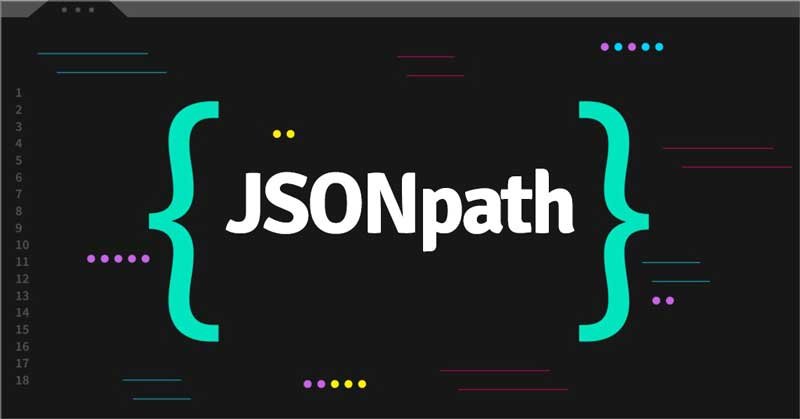A Guide To Exceptional New Employee Onboarding

Introduction
First impressions matter, and this is especially true in the context of new employee onboarding. A well-structured employee onboarding process can significantly impact employee retention, job satisfaction, and productivity. It’s about creating a welcoming atmosphere, providing the necessary tools and information, and establishing clear communication channels from day one.
The Importance Of Effective Onboarding
Effective onboarding is crucial for both the employees and the organization. For employees, it eases the transition into a new role, helping them to understand their responsibilities and the company culture. For organizations, it helps in reducing turnover, increasing employee engagement, and fostering a positive work environment.
Key Elements of Exceptional Onboarding
- Pre-Onboarding Communication: Before the employee’s first day, ensure they have all necessary information, including a schedule of their first week and what they should expect.
- Warm Welcome: Make the new employee feel welcomed on their first day. Personal touches, such as a welcome note or team lunch, can make a big difference.
- Comprehensive Orientation: Provide a detailed introduction to the company, including its history, culture, values, and mission.
- Role-Specific Training: Tailor the training process to the new employee’s specific role, ensuring they have the skills and knowledge required to perform their job effectively.
- Assign a Mentor or Buddy: Pairing the new hire with a more experienced employee can provide them with guidance and support as they navigate their new role.
- Regular Check-Ins: Schedule regular meetings to check in on the employee’s progress and address any questions or concerns they may have.
- Feedback and Adjustments: Encourage feedback from the new employee and be willing to make adjustments to the onboarding process based on their input.
- Integration into the Team: Foster a sense of belonging by integrating them into the team through collaborative projects and social events.
Best Practices For Employee Onboarding
- Start Before Day One: Begin the employee onboarding process before the employee’s first day to alleviate any anxieties and make them feel prepared.
- Personalize the Experience: Tailor the employee onboarding experience to meet the unique needs and learning styles of each new hire.
- Use a Structured Program: Have a structured onboarding program in place, but be flexible enough to accommodate individual needs.
- Leverage Technology: Utilize technology for efficient delivery of training materials and resources.
- Focus on Building Relationships: Encourage relationship-building within the team to create a supportive and inclusive work environment.
- Set Clear Expectations: Clearly communicate job expectations, performance goals, and company policies.
- Provide the Necessary Resources: Ensure that new employees have access to all the tools and resources they need to succeed in their new role.
The Long-Term Impact Of Onboarding
The effects of a well-executed employee onboarding program extend far beyond an employee’s initial days and weeks. It lays the groundwork for long-term engagement, loyalty, and productivity. Employees who are effectively onboarded are more likely to feel confident in their roles and connected to the company, leading to higher job satisfaction and lower turnover rates.
Conclusion
Exceptional employee onboarding is an investment in your workforce and the future of your organization. By focusing on the key elements of effective onboarding, you can ensure that new hires are not
only adequately introduced to their roles but also feel a sense of belonging and purpose within the company. This comprehensive approach to onboarding fosters a positive work culture, encourages long-term engagement, and ultimately contributes to the overall success of the organization.




